A while back I gave my first impressions about this long-awaited frame. Now it is time for the complete HEAD Pro Tour 2.0 Racquet Review.
The HEAD Pro Tour 2.0 is the comeback of a classic. It has the same design as the original, but a stiffer layup. It also lacks Twaron, a material that the hardcore Pro Tour 630/280 fans claim to be the magic ingredient. Despite the lack of it, the racquet plays plush and controlled – very close to the original. Perhaps the most hardcore PT630/280 fans will detect a slightly different feel, but in my opinion, it is very, very slight. I would say that you get a bit more control with the original (the string bed is more dead) and you get more power and a livelier feel from the Pro Tour 2.0. Considering how much the Pro Tour 630 costs on the used market, this one is the obvious choice if you want to see for yourself what all the fuzz is about.
In short: more than 25 years later, this is still a great racquet. Is it easy to use? No. Do I (and many other players of various levels) play their best tennis with it? No.
The reality is, the sweet spot is small (the racquet is 95 sq inches), the spin potential is decent, but not comparable to most 98-100 sq inch racquets, but the touch, feel and control are divine. If you want to play tennis for fun (without competitive juices flowing) and just enjoy a nice feeling racquet – the HEAD Pro Tour 2.0 is a great choice, but if you have plans to compete, there should be racquets that will give you a bit more for free. At least in terms of power, spin, and forgiveness.
HEAD Pro Tour 2.0 Racquet Review – Specs
As I mentioned in my first impressions post, all new HEAD racquets come with the rounder pallets these days (TK82S), but the HEAD Pro Tour 2.0 has the more old-school rectangular TK82 pallet. You can always change this on HEAD racquets by buying new pallets and replacing them.
The two string setups I used made the specs differ a bit. I do prefer a hybrid setup in this racquet, but even with a full bed of poly, it’s not harsh.
HEAD Velocity MLT 1.25 mains (25 kg and Luxilon Alu power
(24 kg) 1.15 crosses: 339g, 32 cm, 327.5 SW.
HEAD Hawk Touch Red 1.20 (23 kg): 341.8g, 32.2 cm, 332 SW.
As you can see, the gauge and material of the string can impact swing weight quite a bit. This is good to know.
The other HEAD Pro Tour 2.0 specs are:
Head size: 95 sq inches
Beam: 20 mm
Weight: 340g strung (depending on string)
Stiffness: 65 (says TW, I can’t measure it)
Balance: 6 pts HL or 32 cm
String pattern: 18×20
How does it play?
This racquet is all about control and feel. If that are the key components you’re looking for – it is a must-try. Still, there are things to consider. The swing weight is pretty high, so you need to be an advanced player to get the racquet moving. And when you do, the sweet spot is still pretty small, so you need to have quick feet and eyes. This racquet is simply a stick for more advanced players. It is beyond my wheelhouse to use effectively in matches unless I’m on my game.
If I would compare to other racquets in the same category, I think it offers a bit better control than the Prestige MP, but that the new MP is more forgiving. The sweet spot size is similar to a Prince Phantom 93P. Pretty generous for its head size, but since the head size is small, it doesn’t compare well against most 98 sq inch racquets and above.
This racquet is plusher than the Dunlop Srixon CX 200 Tour 18×20. The Dunlop offers a bit more free power and a slightly larger sweet spot, but the HEAD feels nicer.
Who is it for?
This racquet is very versatile in the hands of the right player. You feel very connected to it and you know exactly where the ball will go. It doesn’t give you a huge serve or groundstroke – but it gives you exactly what you put in. If you’re Tommy Haas or Andy Murray, that’s great. For most of us, we need a little more help.
Still, this HEAD Pro Tour 2.0 version is easier to use than the original. You get a bit more free power, the swing weight is lower and the string bed is livelier for more spin. I think they did a good job of getting it more player-friendly and ready for a modern game without killing that vintage buttery feel.
You need to be an advanced player to benefit from this racquet. That cannot be said enough. If you are, it’s still great. The classic returns and it’s still a classic.
You can buy this frame from Tennis Warehouse. The Tennisnerd video review of this frame will be published tomorrow evening at 8 pm CET.
Have you tried the new HEAD Pro Tour 2.0? What do you feel about it?
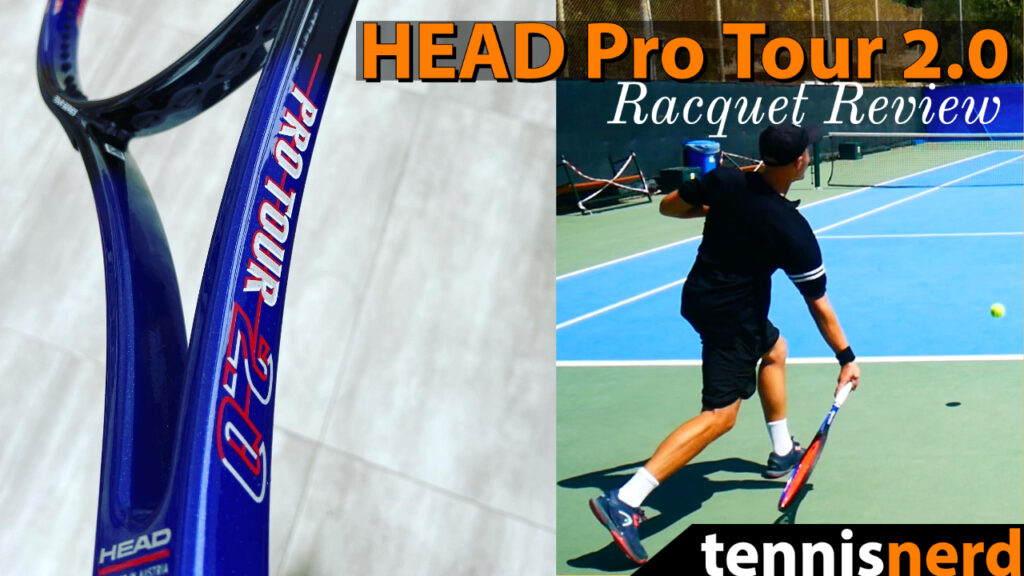
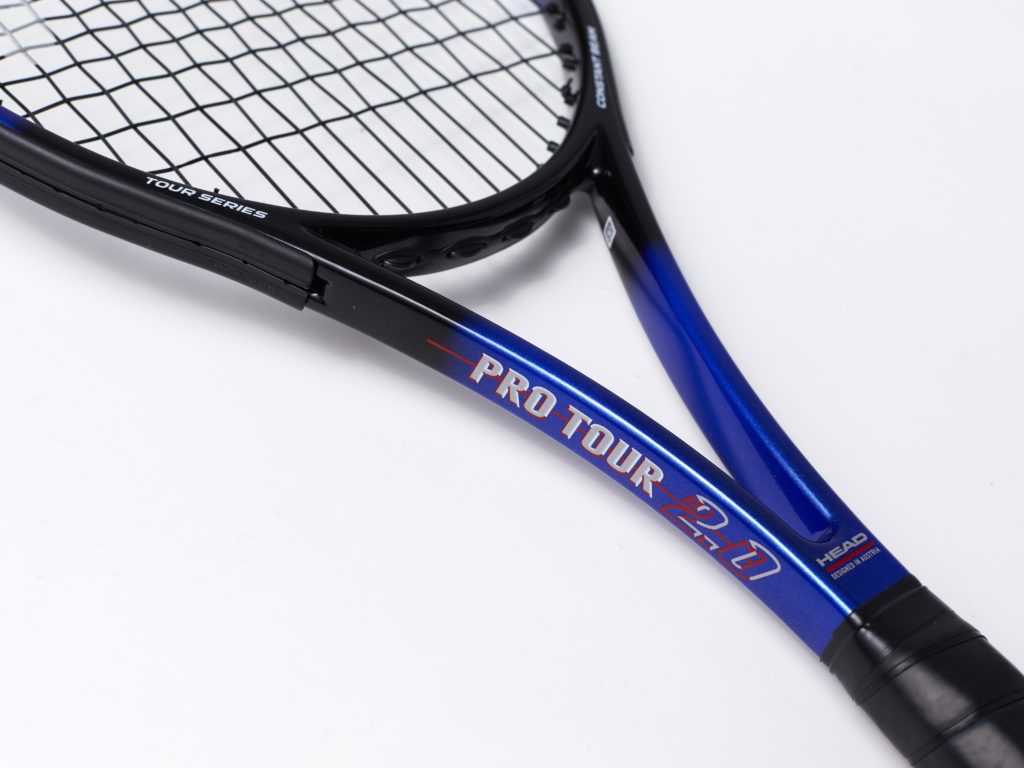



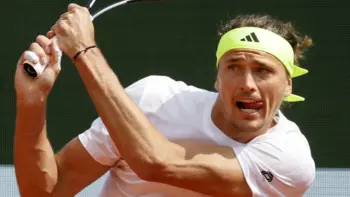


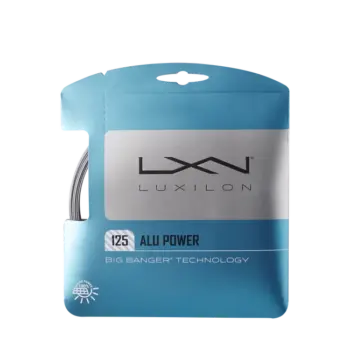





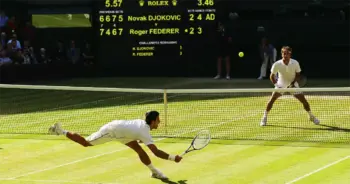
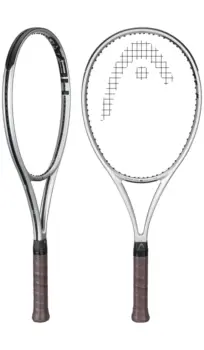

Great point about the difference in string weights. The overall specs are virtually identical to the Dunlop M-Fil 200 18×20 from 2005, inluding the beam width and shape. The M-Fil had tungsten and silicone in the mix, plays solid and not totally unwieldy. I find using these rackets is all about timing. On a good day you feel like a hero, on a bad day you’re shanking all over the place!
I’ve played with both and I feel like it’s something about the 280. Have it strung with straight Polly and weighs 375 grams but swings like a 305 racquet. Just ordered my 2.0 to put it in my racquet mix. Thanks as always for the unbiased review!
-a tennis nerd named Lucas
That’s a heavy spec! But a great frame. Enjoy!
Ok I pulled out my Blade 93 18 x 20 and added tungsten putty in the but cap as well as lead tap at 12, 3 and 9 oclock. Current specs are 377g, 8 pts HL almost identical to the original Head 280. Any thoughts on why is still doesn’t swing like the magic made in Austria?
– A Tennis Nerd Names Lucas
“Is it easy to use? No.”
YES IT IS ! If you’re used to playing with racquets like Wilson Pro Staff Classic 6.1 or Wilson Pro Staff 85 you feel right at home with the HEAD Pro Tour 2.0. Trust me.
I first got two of these sticks and I loved them so much I got myself a third one.
95 in² is not that small even though most may have gotten used to 100 these days.
Don’t worry. 95, 98 and 100 in² are pretty close in real life.
Current racquets in my bag include Prince Textreme Tour 100 (310), Yonex Vcore 98 (305) and my trusted HEAD Pro Tour 2.0s.
I love the Vcore 98 and the Prince, but I keep reaching for the Pro Tour 2.0.
It simply gives me the most predictable, reliable and stable response, and this is with the factory string no less!
Although I must say the Yonex Vcore 98 Galaxy Black 305 is right up there as well, with the excellent Prince Textreme Tour 100 (310) in 3rd place.
Currently playing with a DB26 but often feel the wider hoop shape (& wider beam) on the one-handed backhand is a little awkward but do-able. Just feel like I’m slapping the ball around like Ljubicic, with only slightly more hair, but less accuracy. I used to play with fine control results from classic Wilson midsizes, then Liquidmetal radicals, but just got QUITE BORED as it seemed low powered and sort of mushy- Since I needed to upgrade for supplies/grommets purposes anyhow, I think I should get back to a thinner beam, slimmer hoop shape, and stiffer layup.. Would you think this Pro Tour 2.0 a resonable choice to have some power & stiffness while having a nice slim beam OR does it still seem soft and low powered similar to liquidmetal?? I mostly play just for fun and am overly thrilled by STAN THE MAN, maybe finally spending a boat load on a yonex vcore 330 97 or stiff pro staff would be better? Or just stick to my slightly wider headed DB26 for a while?? The money is annoying & I’m not playing consistant enough to demo, since I don’t get out too often w/ my vaccince-less friends (american) :(
ANY thoughts or comparison would be greatly appreciated- guess maybe I am becoming a tennis nerd afterall.
That is not the best of your reviews. Fist of all head size is very close to 98 sqin (630 cm2) – not 95. It is a mystery where these rumors come from. I have the old PT 630 (made in Austria) and the PT 2.0. Both have the same head size, the 2.0 is lighter and a touch stiffer, but nothing to worry about. The new one is preferable because it is a bit more forgiving than the old one without sacrificing stability (don’t believe the Twaron myth!). Feels definitely better than most of the 98 in2 competition out there. I guess reviewing a racquet while believing its head size is 95 in2 gives the impression it might have a small sweet spot ;-)
Where did you get the idea that the head size is 98 sq inches? HEAD used to measure the outside of the frame and called what other manufacturers said was 95 sq inches 98 sq inches. The HEAD Pro Tour 630 is 95 sq inches as well.
Precisely!
Head pro tour is considered one of the holy grails in tennis. If ur serious about this kind of rackets then u also gotta try Volkl PowerBridge 10 mid. Its just MAGIC.
Hello TennisNerd, how would you compare this racquet with a leaded up Head Microgel Radical MP?
Heavier, a bit more power.
Great to find this. I bought a head Pro tour from eBay for about 12 bucks plus shipping. I don’t know anything about the racket. I’m a Wilson guy by history. I bought it because it was listed at 26.75 in and I want to try a shorter racket. Very excited to read about all this and the comments too. Great value of your posts and videos, Jonas. I appreciate you for the service that you provide all of us.